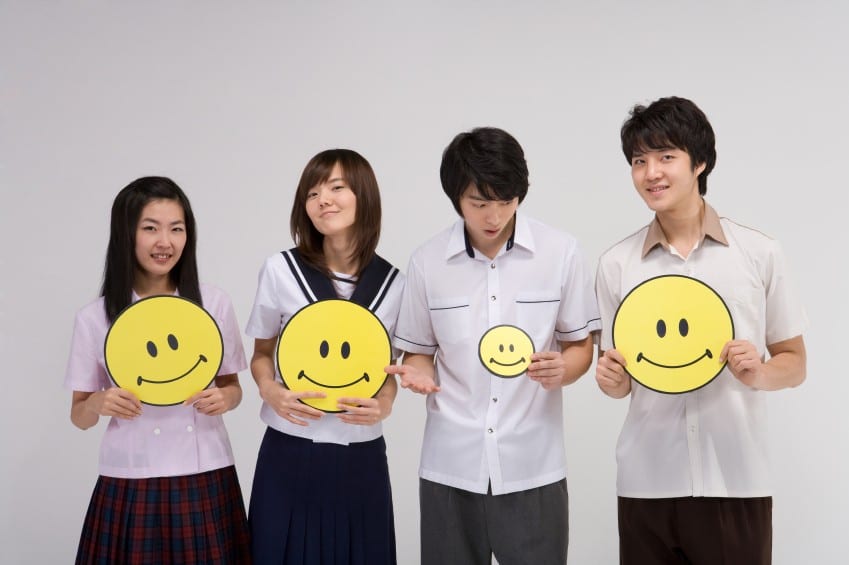Experienced language teachers know that it is essential to establish a classroom environment. It is where learners feel comfortable enough to take risks and make mistakes in front of their peers and the teacher. Teachers often use icebreaker activities at first-class meetings to set the tone and to start building a comfortable class atmosphere.
There are many ways to do this, and two of the most popular icebreakers are “Find Someone Who” and “Handshakes”
Find Someone Who
If you are teaching students who have received language instruction in communicative programs before, chances are that they have already done this activity– perhaps even several times. This is important to keep in mind especially if you are working in a large school on the first day of classes, and students may have even done a “Find someone who” activity in another class earlier in the day. That said, the activity can be very effective because it gives your students a reason to communicate with each other and quickly gets students talking and enjoying their first class.
If you do plan to use a “Find Someone Who” activity as an icebreaker, consider some variations. For example, rather than a list of characteristics for each student, individuals can have their own single question provided to them on a small slip of paper. Then they can look around the room and predict how many of their classmates will meet the criterion before surveying the class. For example:
My question: How many people in this class love to cook?
What I can ask: “Do you love to cook?”
My guess: 10/15
The facts: 14/15
My comment: I was surprised because there are mostly boys in our class.
This variation can be exploited in many ways. Questions can be related to current events, anticipated student interests, or school/program/course information.
Opportunities for discussions based on student predictions and their comments are only limited by your imagination as a teacher through the questions you provide. You can also consider allowing students to create their own questions, with some guidance from you to ensure questions are appropriate and clear. Don’t be afraid to try out your own variations on popular teaching activities and techniques. Doing so will “keep it fresh” for your students, and for you, and may lead to improved opportunities for language learning.
Handshakes
There are many excellent icebreaker activities and game ideas for those first-class meetings. Sometimes, though, a simple handshake can be a very good way to quickly build rapport and capture the interest of your students from the very first class.
In the first class, after a self-introduction, the instructor can step away from the front of the room and meet each student individually with a handshake. Some students may be quite surprising and nervous at first. But they will also appreciate the opportunity to meet the teacher ‘personally’ in the first class.
First and foremost, a handshake introduction reflects an authentic, culturally appropriate meeting behavior in nearly all English-speaking countries. Along with a handshake, of course, It is a language that fulfills the function of meeting someone for the first time: “Hello, I’m Mike. Nice to meet you!”
This is a basic language that most students already know. But they may not be completely comfortable with the cultural behavior that accompanies it. In western culture, a handshake can convey some very important information about a person.
A good handshake requires the participants to stand. They make solid eye contact, shake hands firmly, and release hands at the appropriate time. If one participant does not stand or make eye contact or shakes hands very loosely, the other participant can be left with a negative impression. Invariably, a student will make one of these “faux pas” as the teacher moves through the room and meets each student. This can become an instant topic of cross-cultural discussion. And also provide comic relief, depending on the student’s and teacher’s reaction. The experience also gives the impression, that it is natural and expected that students make ‘mistakes’ in the classroom.
As these differences are discussed, the students can practice their handshakes with the teacher as he or she meets more of them until all students in the class have had a chance to shake the hand of the teacher.



